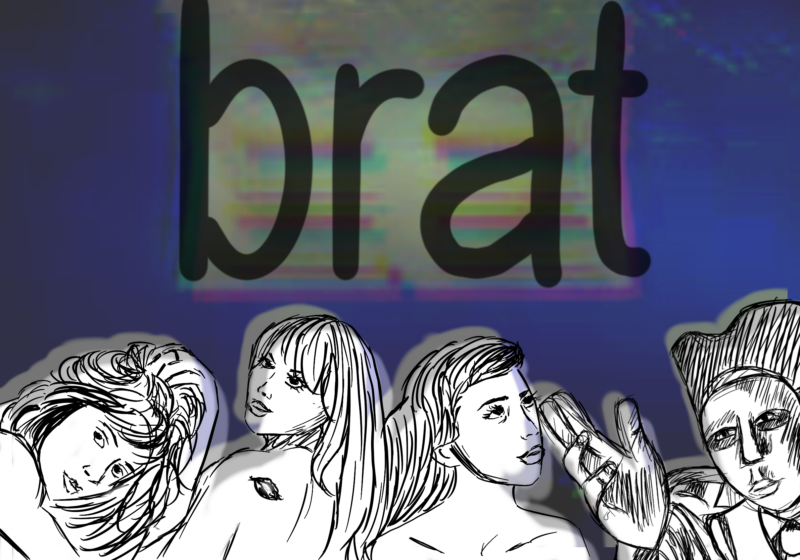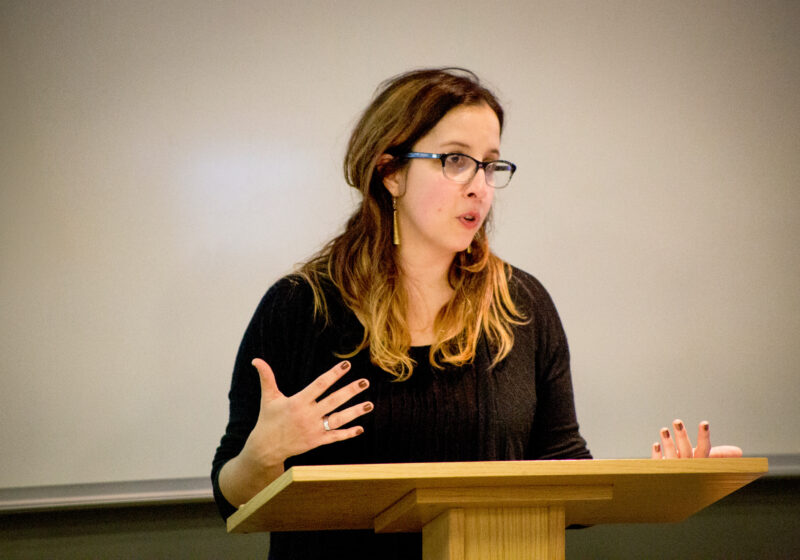One of the factors that drew me to attend UR was its promotion of a diverse and inclusive community. According to Forbes, the enrolled student population is approximately 51 percent Caucasian, ten percent Asian, five percent African-American, six percent Hispanic and Latino, and 16 percent international students. In comparison with the state school I considered—the University of Nebraska-Lincoln, whose student population is 85 percent Caucasian—UR seemed to fit my needs well.
Soon after arriving on campus, however, I noticed that the advertised diversity did not seem to be reflected in the faculty. My professors, and those of my peers, were predominately Caucasian, regardless of the subject area. In contrast to this, I observed that the Environmental Services Workers (ESWs) and dining workers were predominantly African-American.
This clear segregation among the different types of staff (faculty versus other employees) was rather uncomfortable, and hard to overlook. When I brought up the topic with my friends, I found I was not alone in having made this observation.
Although I could not find any statistics regarding the dining workers and ESWs, I did find information regarding the ethnicity of professors. The ethnic makeup of UR faculty is, alarmingly, mostly white, with a mere 6.6 percent drawn from minority groups.
After speaking with Associate professor of Anthropology Daniel Reichman, I learned that this racial segregation stems from a combination of the economic and educational segregation in the Rochester area.
The Rochester area has long been known for its history as an epicenter of both the civil rights and women’s rights movements. Yet what is often overlooked in Rochester is the city’s years of racial tension—most notably the 1964 race riot.
The riot began with the attempted arrest of a 19-year-old black man by the Rochester Police Department after a phone call was made by the Mothers Improvement Association of the Eighth Ward. The arrest ended in brutal violence by the police, and a riot broke out at the intersection of Nassau and Joseph Avenues.
Riots like this one led to “white flight” from the area, as Caucasians migrated in large numbers from urban to suburban areas. This kind of mobility was difficult for minority groups, especially black people, to access, because the city’s large corporations—specifically Kodak and Xerox—were blatantly racist. Both companies refused to hire black workers, under the impression that they were taking spots away from potential white workers. As this discrimination continued into the ’60s, ’70s, ’80s, and ’90s, black people made up a disproportionate amount of the inner city population, while whites made up the majority of upper-middle class suburbia.
This is further correlated with education level. Lower income might mean inability to afford a college education. Scholarships often impose a minimum GPA requirement; however, if a person is working one, two, or three jobs, keeping a high GPA is much more difficult. Moreover, kids whose parents are not educated beyond a high school level often place less emphasis on the necessity of higher education.
When the University goes about hiring dining workers and ESWs, the jobs tend to go to people who reside in the predominantly black inner-city areas. Knowing the history of white flight, race riots, and employment discrimination, it’s no surprise that such a racial difference continues to exist between faculty and other employees.
The question then becomes what to make of the situation. In the past, there have been events to improve worker conditions such as wages and hours, but seemingly little has been done to address the faculty segregation. It’s difficult to solve the underlying issue of segregation, as it stems from a complex mixture of class, race, educational, and economic matters.
Awareness of this issue in the student body—but also, more importantly, in the administration—needs to be the first step. The administration should be more proactive in recruiting and hiring a diverse faculty. There should also be more accessibility to programs such as can drives or clothing donations for lower-income employees.
Without a call to action, the issue will not be solved, and the cycle will simply start over. It is only through an active attempt to deconstruct segregation patterns that things will change.



